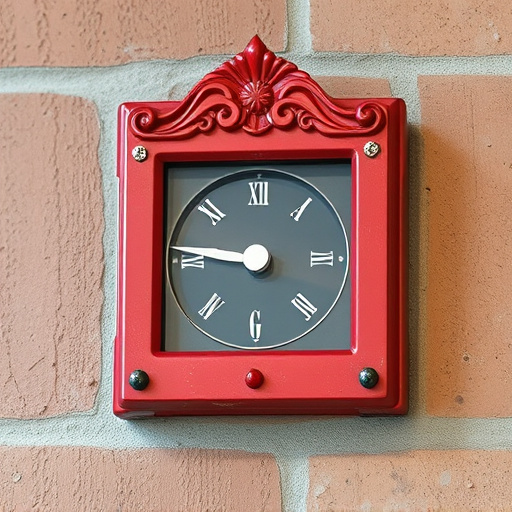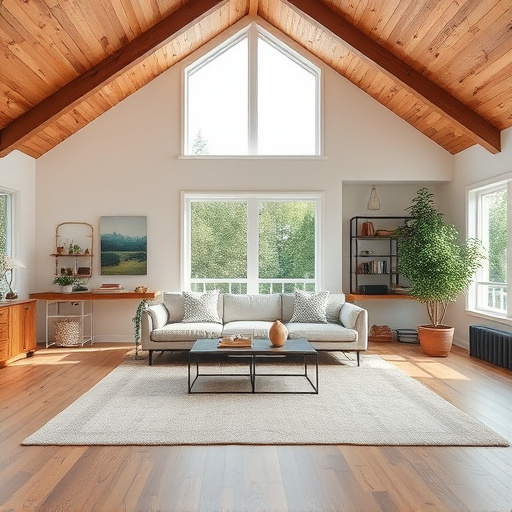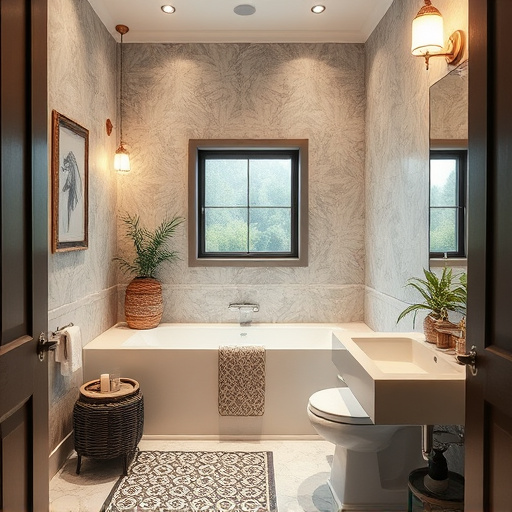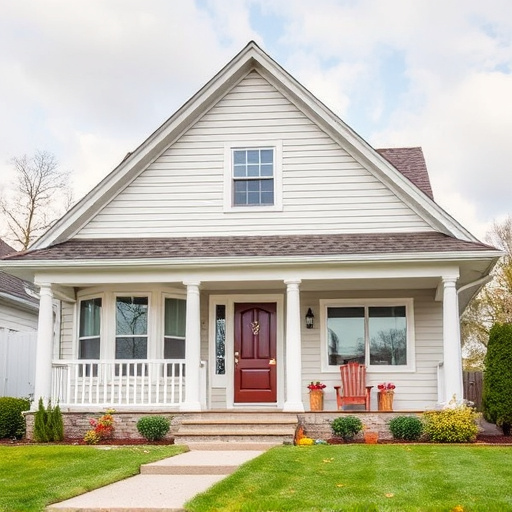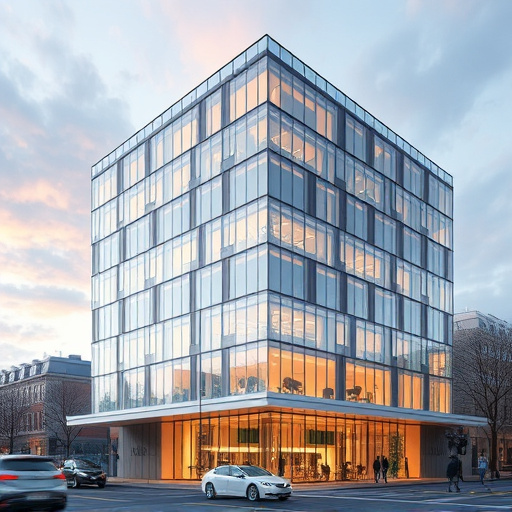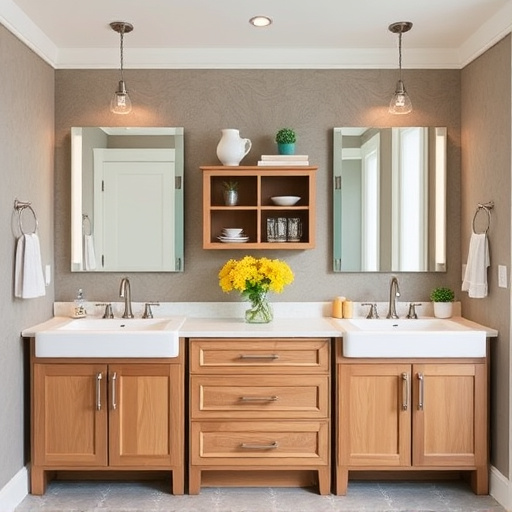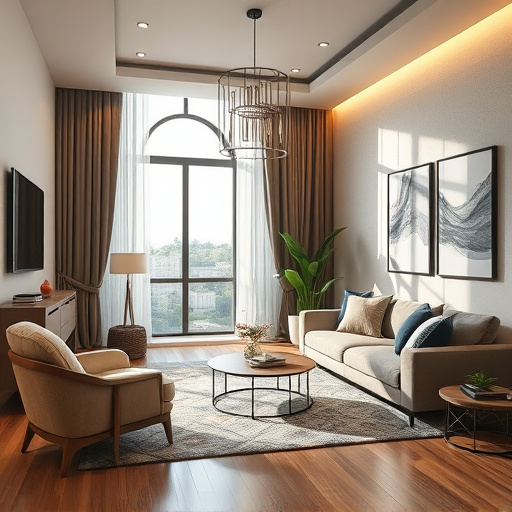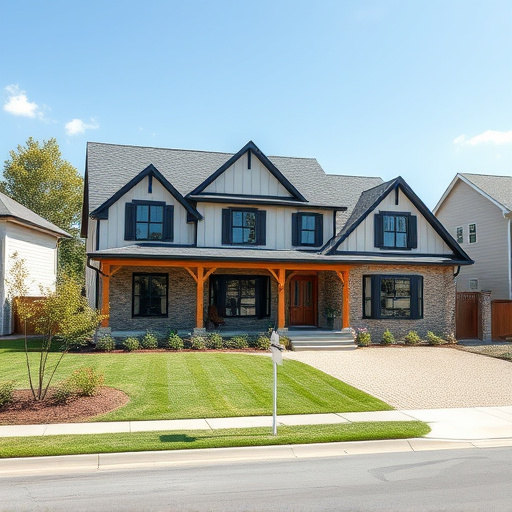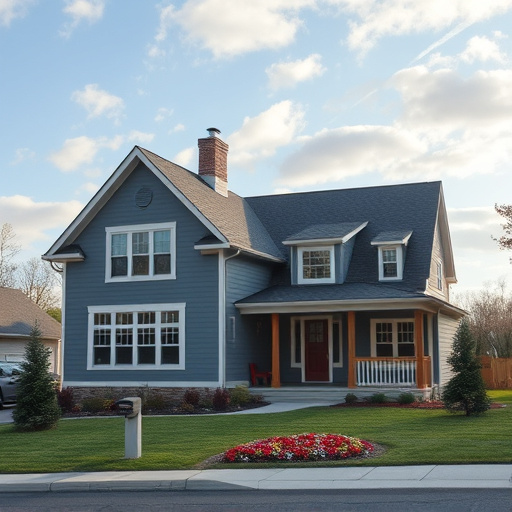In interior design, symmetry and contrast are fundamental tools for creating harmonious, visually appealing spaces. Symmetry brings order and balance through mirrored arrangements, while contrast adds variety and depth with differences in color, texture, pattern, or shape. Balancing these principles is crucial to avoid monotony or visual chaos, ensuring each element complements the other. Examples include combining symmetrical furniture with contrasting throw pillows and wall art, or balancing modern cabinets with warm floors in custom renovations. Successful implementations are showcased by renowned designers, demonstrating how symmetry and contrast can transform spaces into captivating and inviting environments, from luxurious bathroom remodels to minimalist home makeovers.
“Uncover the secrets to crafting harmonious interiors with a balanced mix of symmetry and contrast. In the realm of interior design, these two elements are the symphony that creates visual appeal and functional spaces. This article guides you through understanding the fundamentals, exploring various techniques, and drawing inspiration from real-world case studies. Discover how to seamlessly integrate symmetrical layouts with contrasting accents, colors, and textures to make your interior design dreams a reality.”
- Understanding Symmetry and Contrast in Interior Design
- Techniques for Incorporating Balance
- Case Studies: Successful Implementations
Understanding Symmetry and Contrast in Interior Design
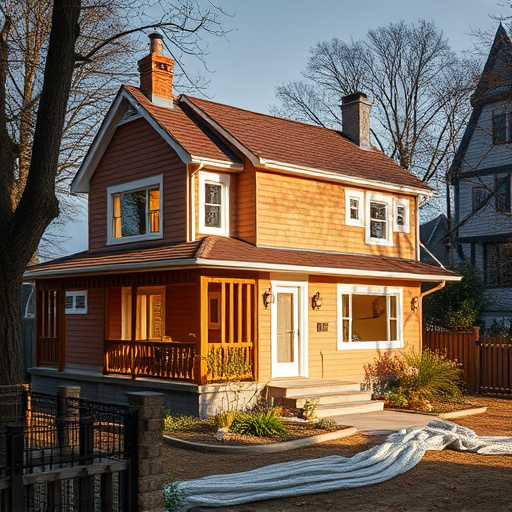
In interior design, symmetry and contrast are fundamental principles that, when balanced correctly, can transform a space into a harmonious and visually appealing environment. Symmetry refers to the arrangement of elements on either side of a central point, creating a sense of order and balance. It could involve mirrored placements of furniture, architectural features, or decorative pieces. On the other hand, contrast introduces variety and depth by highlighting differences in color, texture, pattern, or shape. This can be achieved through customized work like interior painting to accent certain areas or incorporating unique design elements that stand out against their surroundings.
In achieving a balanced interior design, it’s crucial to consider how these two concepts interact. Too much symmetry can lead to monotony, while excessive contrast may create visual chaos. The key is to strike a delicate equilibrium where each element complements the other. For instance, in a residential renovation, you might use symmetrical arrangements for larger pieces like sofas and tables while introducing contrasting colors or textures in throw pillows and wall art. This blend of balance and variety ensures that the space feels inviting, cohesive, and uniquely tailored to its inhabitants’ preferences.
Techniques for Incorporating Balance
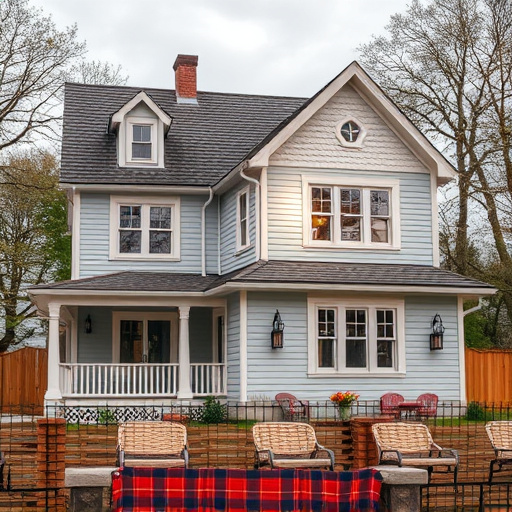
In interior design, achieving a harmonious balance between symmetry and contrast is an art that can transform any space. Symmetry creates a sense of order and calmness, while contrast adds depth and visual interest. One effective technique is to employ reflective symmetry, where mirrored elements across a central line or point evoke a formal, elegant feel. This can be accomplished through furniture placement, mirrors, or even wall treatments.
Another approach involves strategic use of contrasting colors, textures, or patterns. For instance, pairing a solid color with a bold patterned accent or combining rough and smooth surfaces can instantly enhance visual appeal. Customized home renovations often leverage these principles, especially in kitchen and bath spaces where designers might balance sleek, modern cabinets with warm wooden floors or a dramatic feature wall. Even exterior painting can play a role, with contrasting colors on different facets of a building creating a dynamic silhouette against the landscape.
Case Studies: Successful Implementations
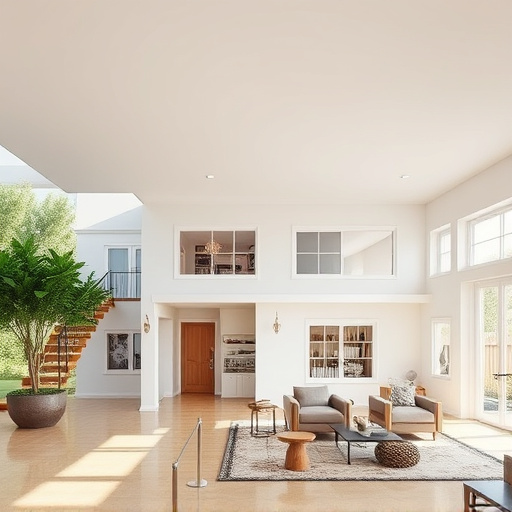
In the realm of interior design, achieving a harmonious balance between symmetry and contrast is an art that can transform spaces into captivating and inviting environments. Case studies from renowned designers showcase successful implementations where these design principles come to life. For instance, consider a luxurious bathroom remodel that features a mirrored wall creating perfect symmetry, paired with bold, contrasting accents like a vibrant tile pattern or a statement showerhead. This blend of order and disruption results in a spa-like sanctuary, exemplifying how balance can enhance comfort and aesthetics.
Another inspiring example is a minimalist home renovation where clean lines and symmetrical layouts dominate, interrupted by pops of color and unique furniture pieces. Here, contrast adds personality without disrupting the overall calmness, demonstrating that these design elements can coexist beautifully. Whether it’s a bathroom renovations or a complete home makeover, understanding and leveraging symmetry and contrast are key to creating spaces that are both visually appealing and emotionally comforting.
In the realm of interior design, achieving a harmonious balance between symmetry and contrast is an art. By understanding these concepts and employing techniques like strategic placement of furniture, color schemes, and decorative elements, designers can create visually appealing spaces. The case studies presented showcase that successful implementations of this principle result in elegant, inviting homes that cater to modern living. Whether focusing on a minimalist aesthetic or embracing eclectic styles, balancing symmetry and contrast is key to crafting interior designs that resonate with folks seeking both beauty and functionality.

